The Renault Mégane is a car apparently trapped in a permanent identity crisis.
While rivals appear capable of regenerating every six or seven years without ever needing a wholesale character reinvention, the Mégane seems to come back drastically altered with a different agenda and fresh selling points every time there’s an all-new model.
As its dynasty has developed, we’ve gone from The Beaky One to The Whacky One to The Oft-FaceliftedBlink-And-There’s-A-New-One One. And now to this: Mégane Mk4, The Pretty One. Sort of. Over the years, we’ve been led to expect outstanding safety from the car, then innovative technology and unconventional style followed by value and efficiency. Now we’re offered a certain refined European maturity, it seems. But above all, never the same thing twice.
Keen drivers have therefore clung to the one strand that the Mégane has offered consistently since the second-generation model: that, sooner or later, there’ll be a version developed by Renault’s motorsport and performance car division, Renault Sport, that’ll be absolutely mustard to drive.
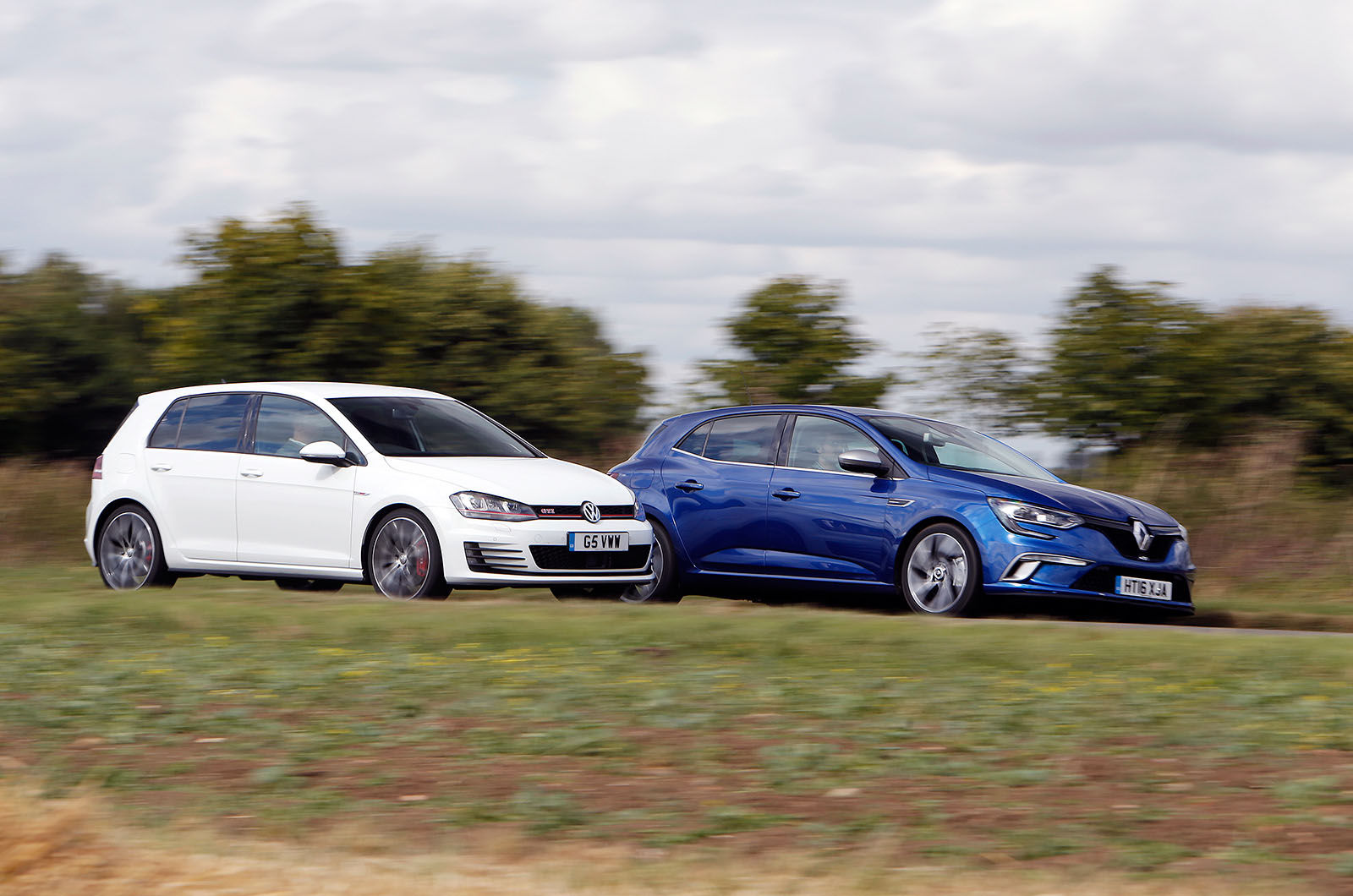
And the good news is that, this time around, that special version may have come already. The Mégane Mk4 has been launched with a pseudo-RS version installed in the line-up from the get-go: the range-topping GT model. This car comes with not just sportier suspension settings but also uprated spring, damper, steering and anti-roll bar componentry – all tuned by you-know-who. It comes with something no other car in the Mégane’s class has ever offered, too: four-wheel steering.
So has the hot Mégane that we’ve all been hoping for since Renault dampened our collective enthusiasm with the current Clio RS now come along under the radar, a little earlier than expected? Can we stop worrying about the direction in which Renault Sport is heading and instead take heart that the future of one of the greatest purveyors of the modern hot hatchback is safe?
Two blue-chip hot hatchback rivals – the highly rated Ford Focus ST and Volkswagen Golf GTI – are lined up to shed a little light on the subject.
Let battle commence
Mégane versus Focus versus Golf, represented in go-faster guise in every case, feels like a story that has been told countless times on these pages over the past decade. Now, as ever, I bet you think you can guess how it might go. GTI falters first, being classy and desirable but not brilliantly fast or exciting. ST gives RS tougher opposition, the Ford being punchy, usable, well priced and very entertaining. But the Renault wins the day, with a blend of pace, grip, poise and tactile feedback that neither of the others can equal.

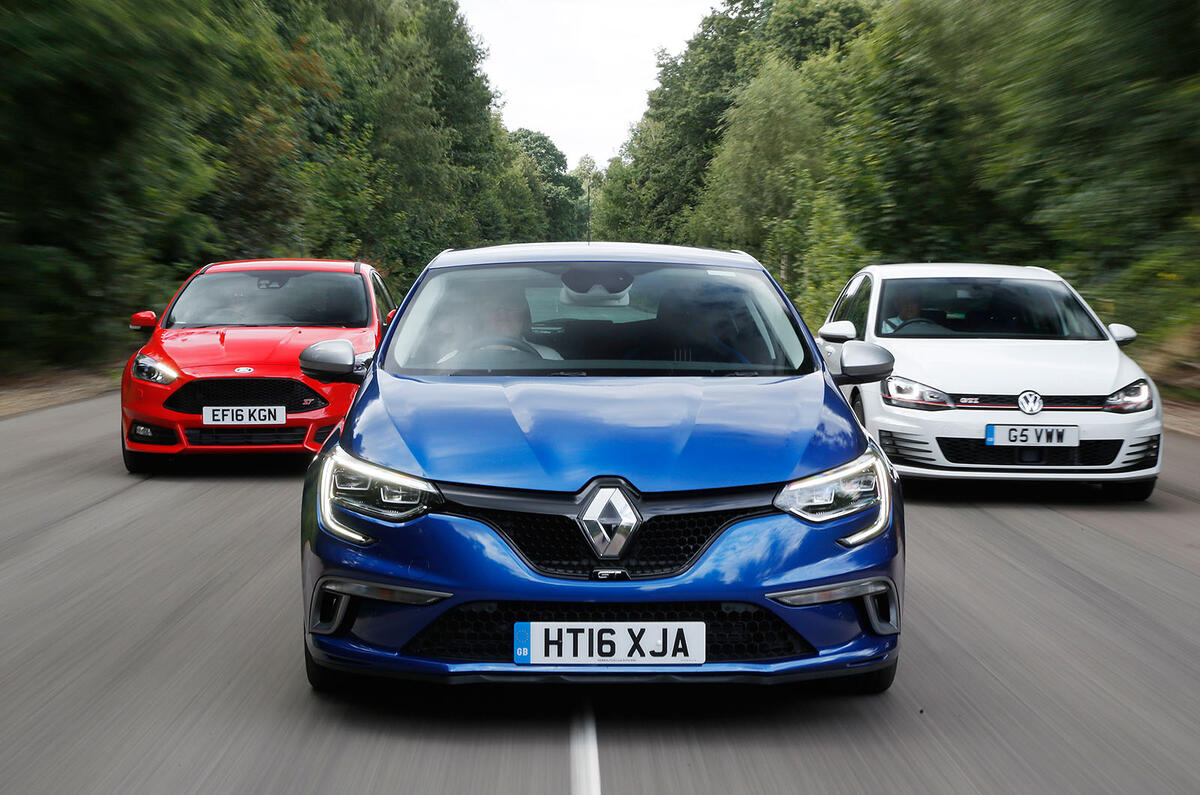
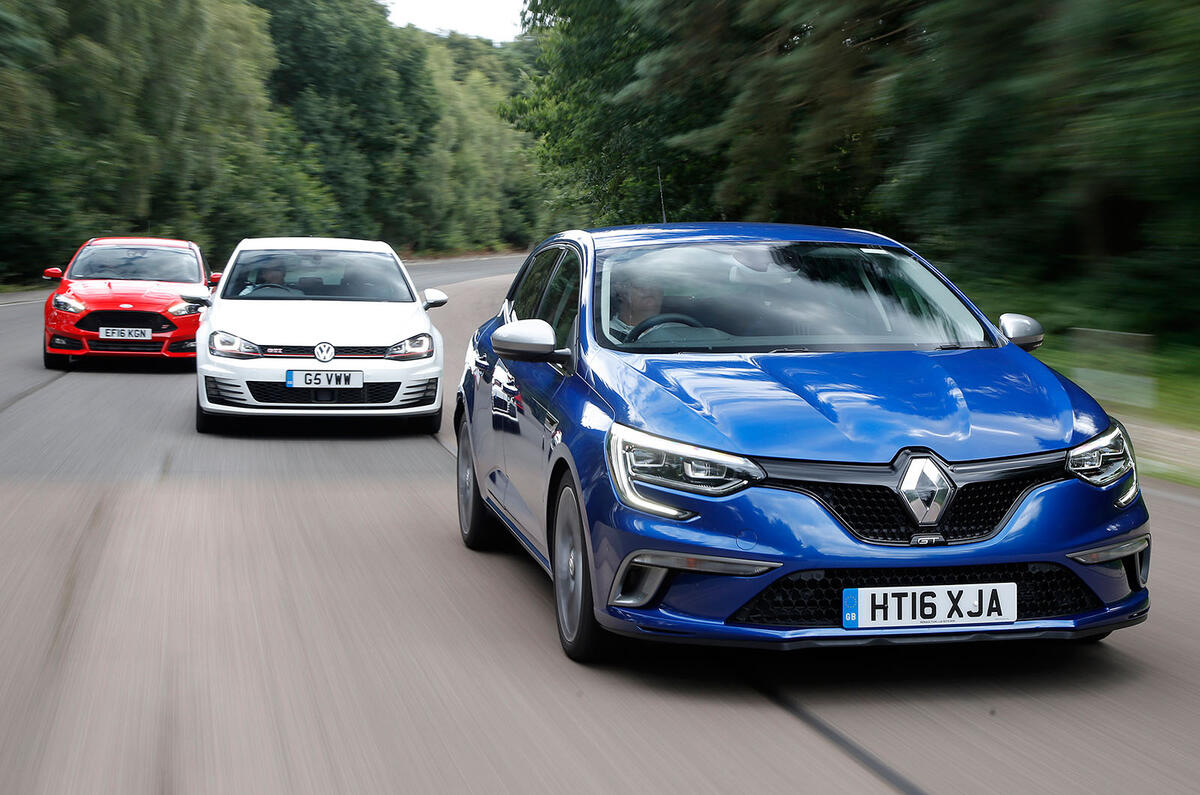
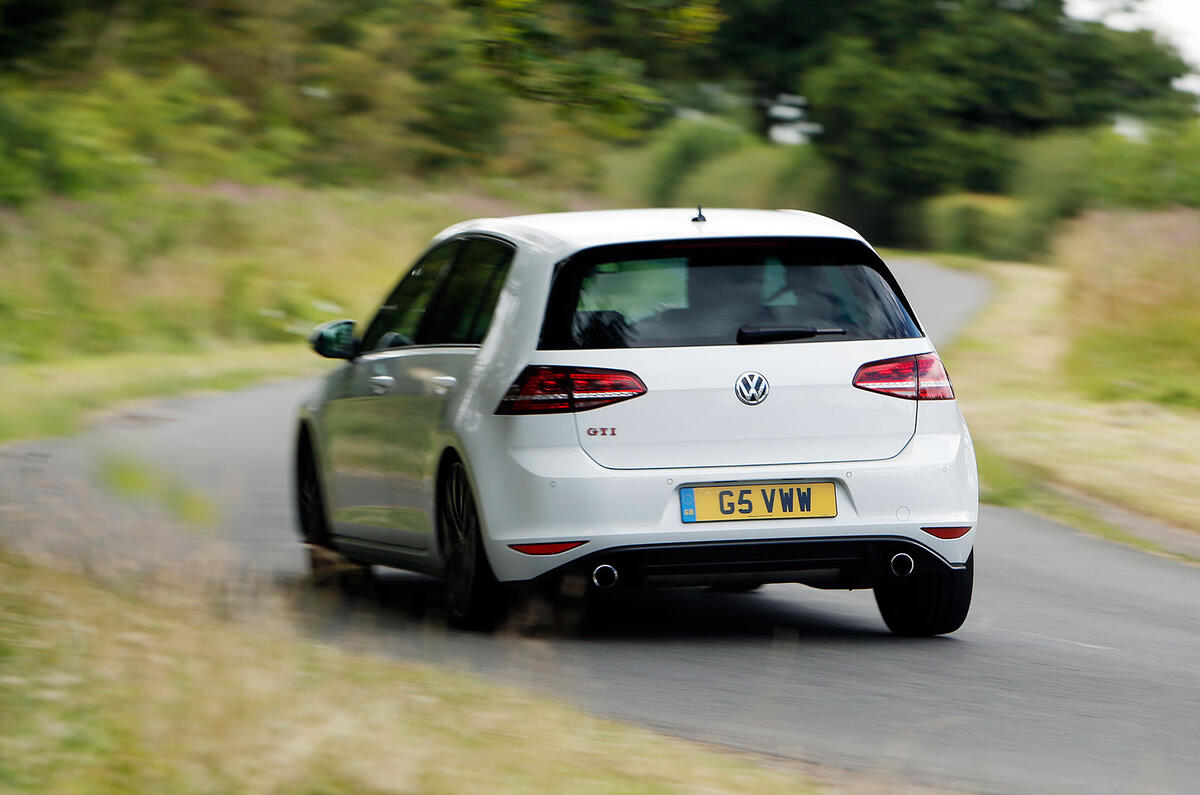
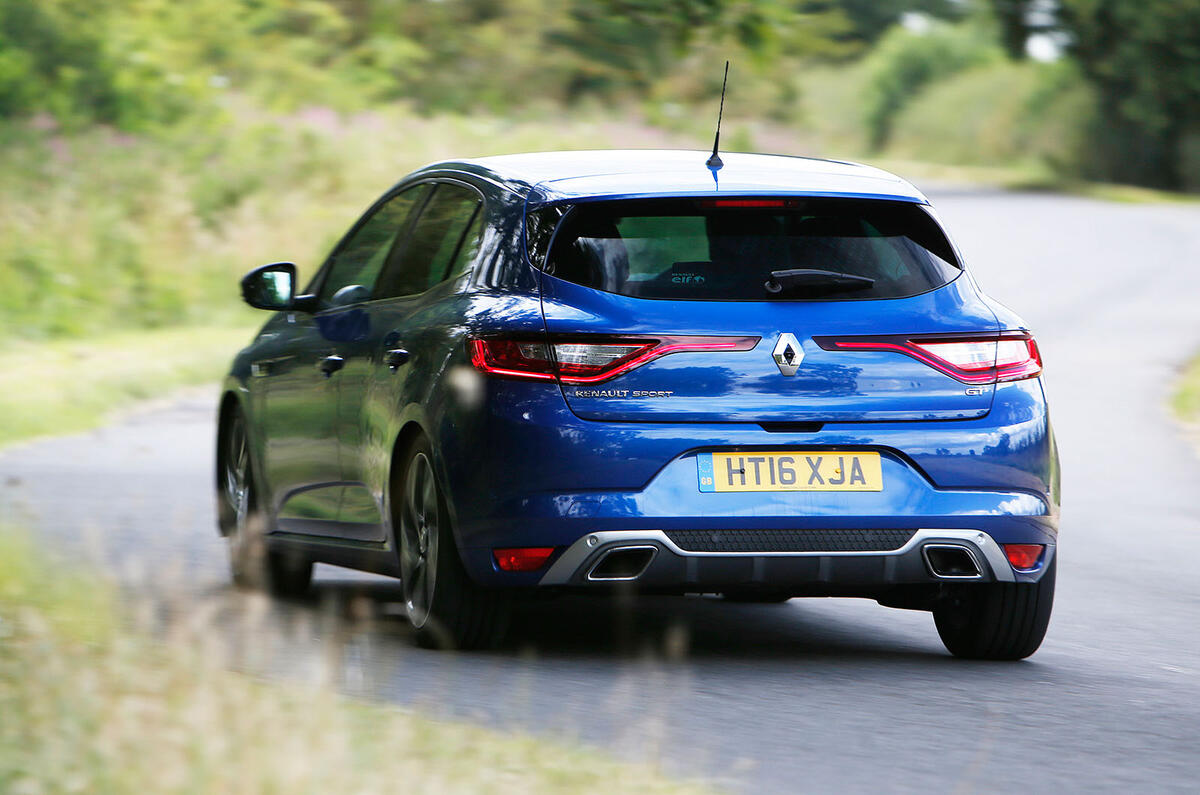
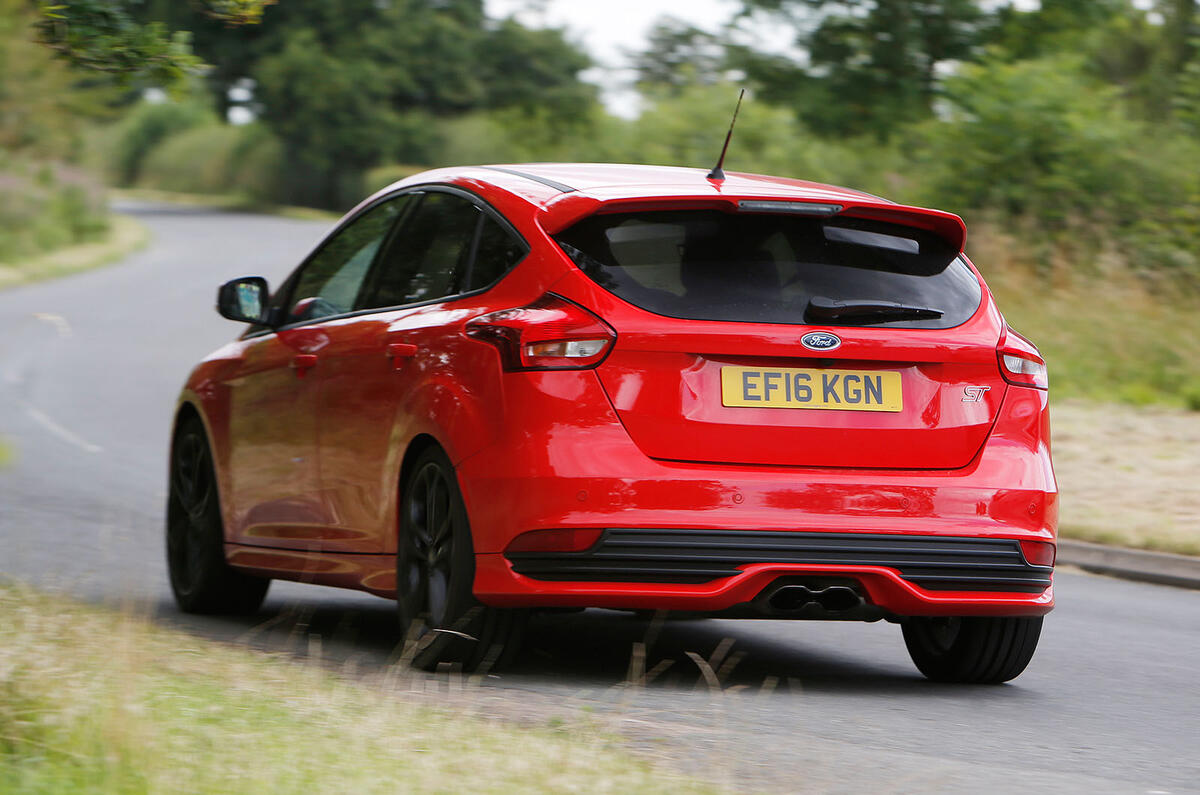
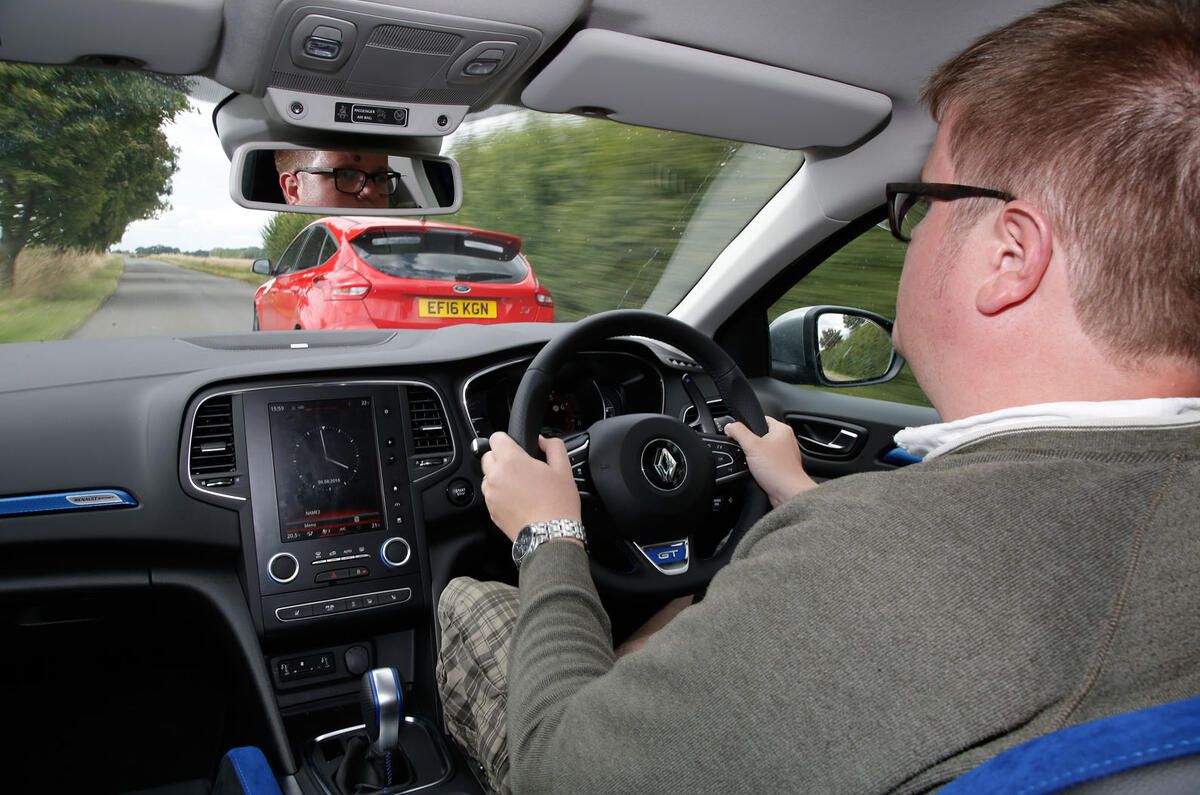
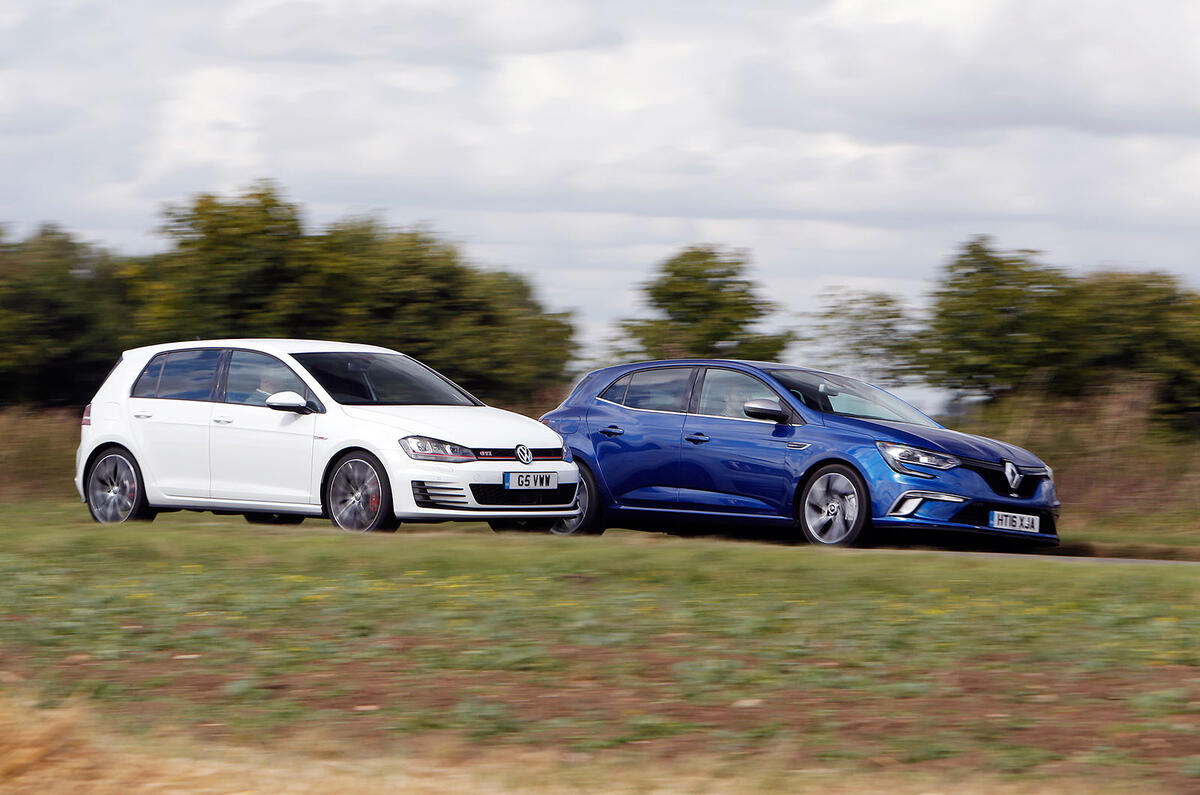
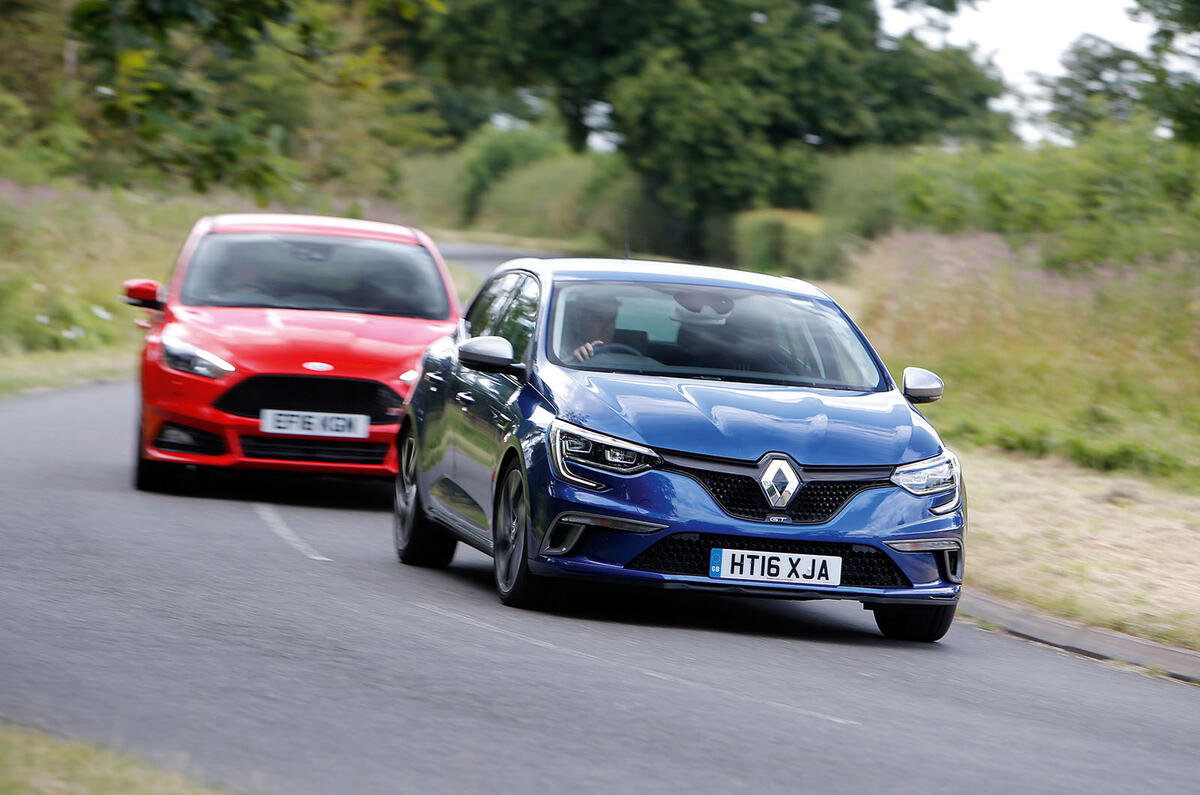
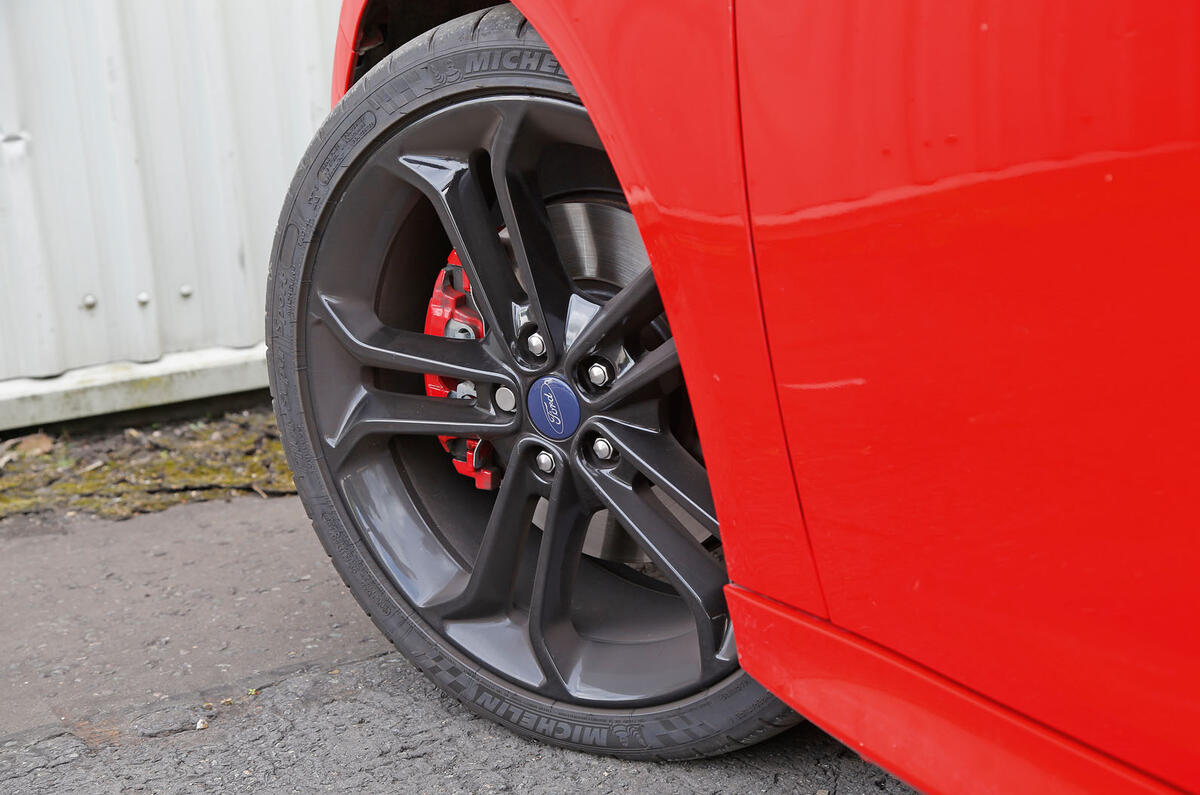
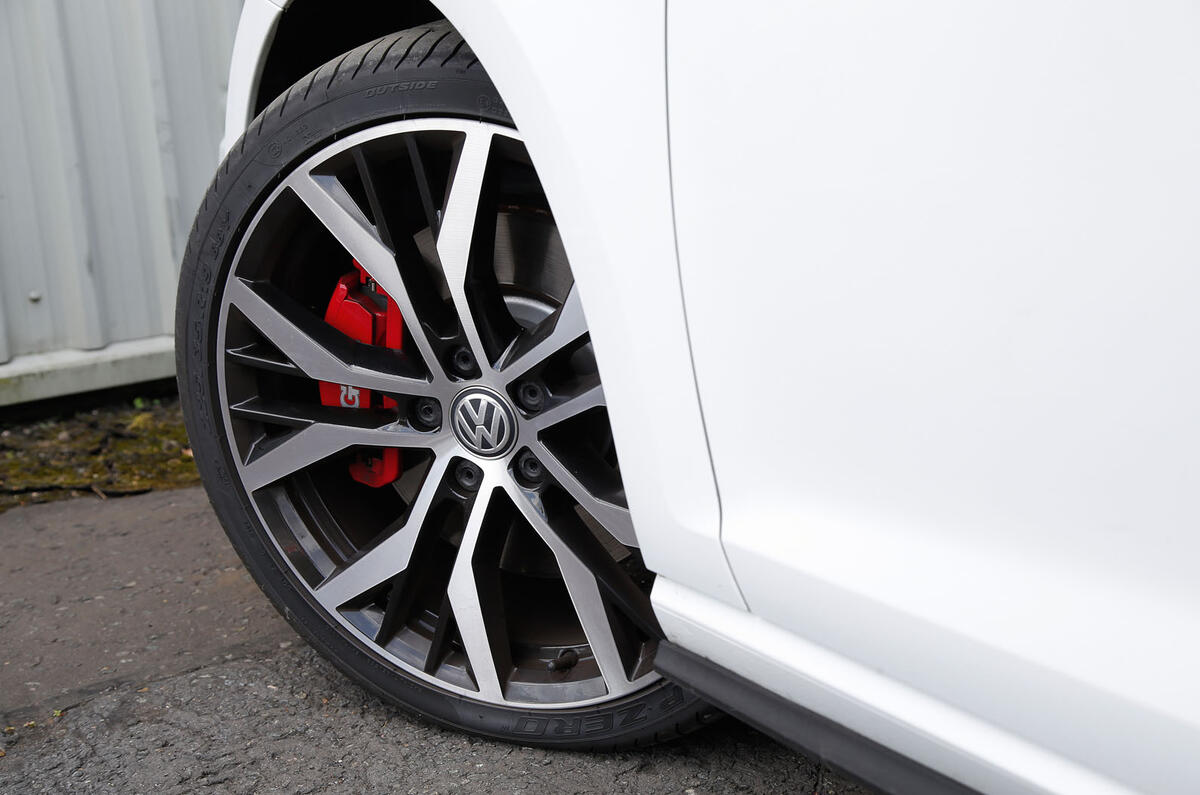
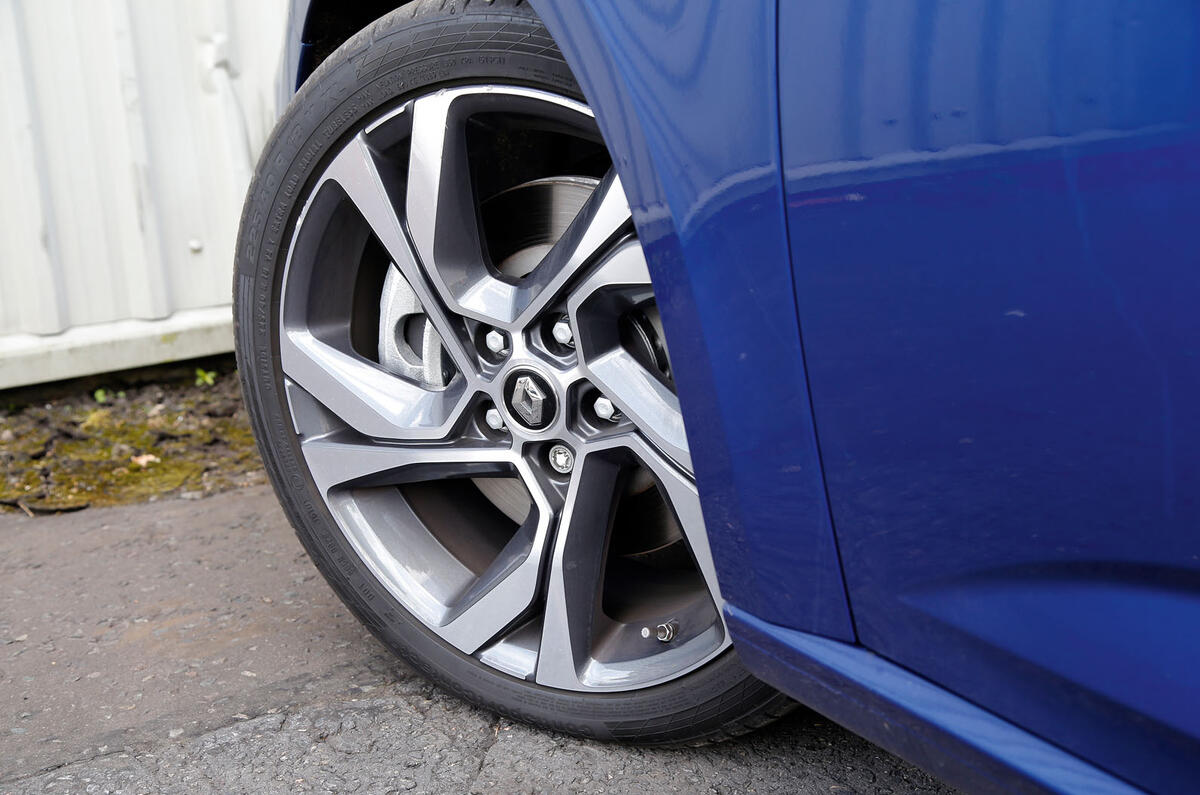
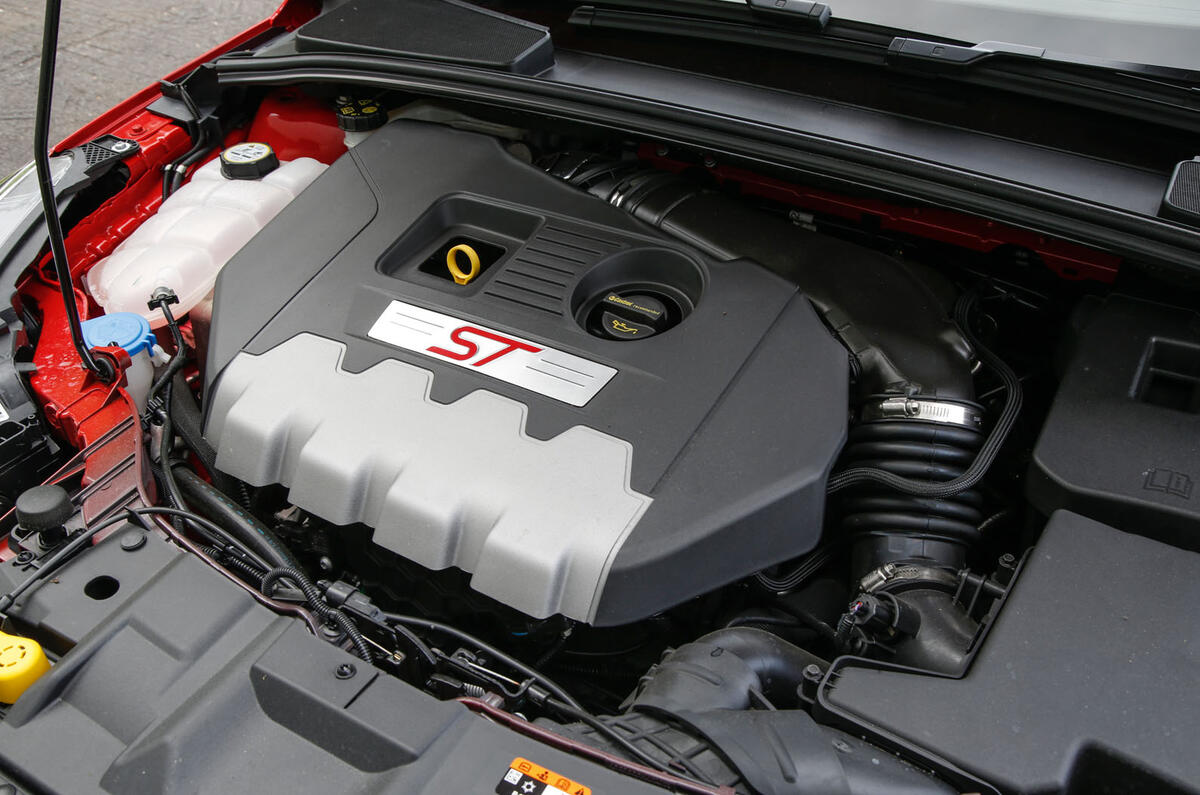
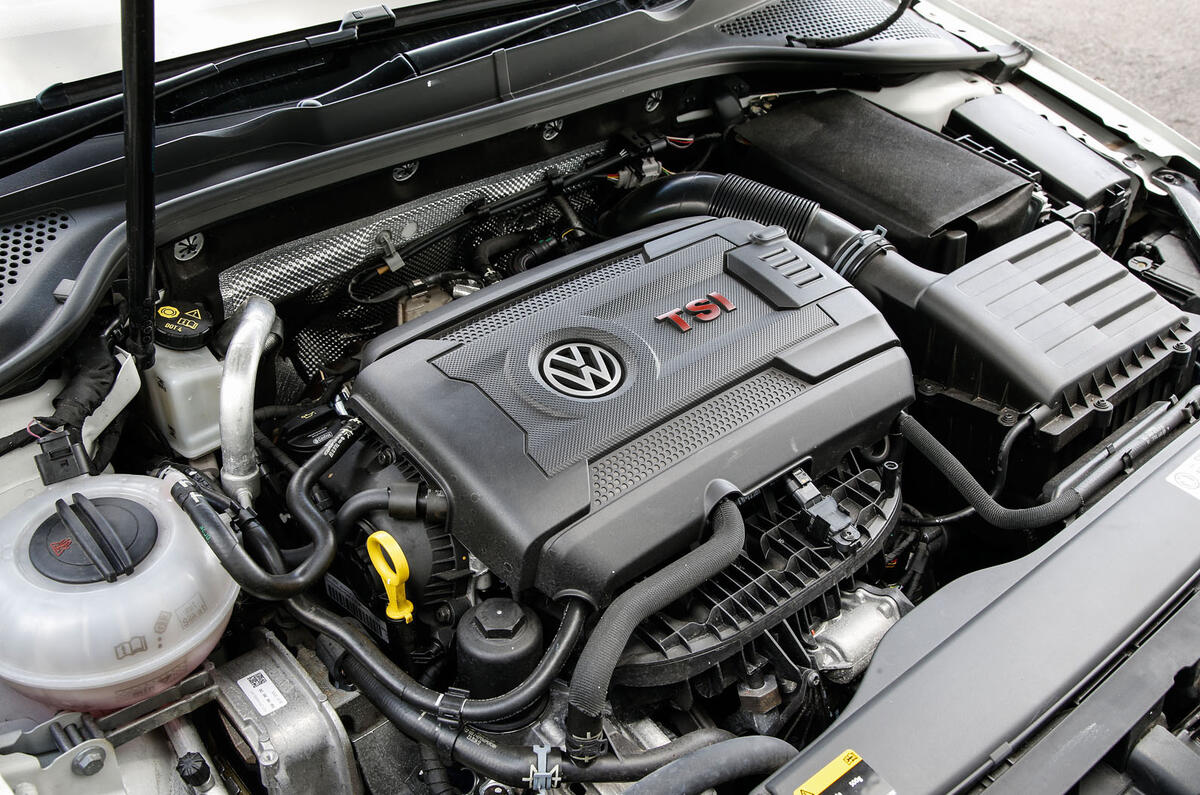
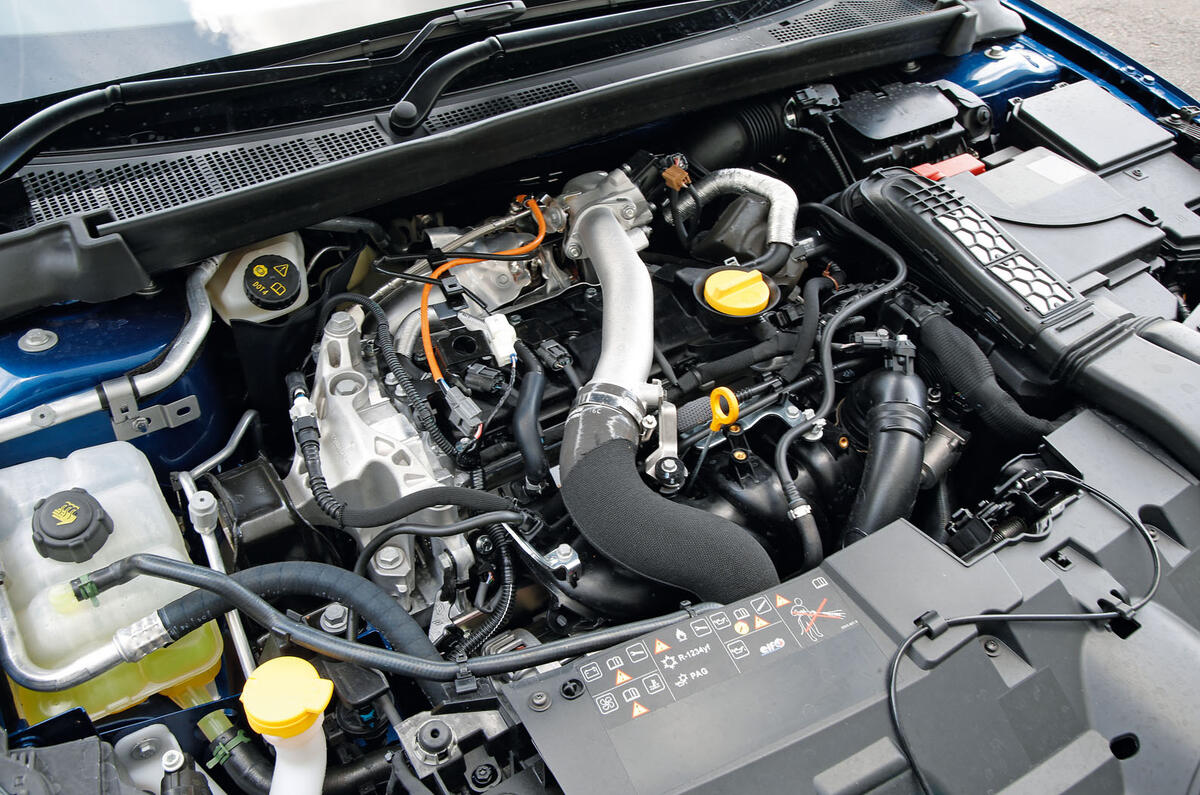
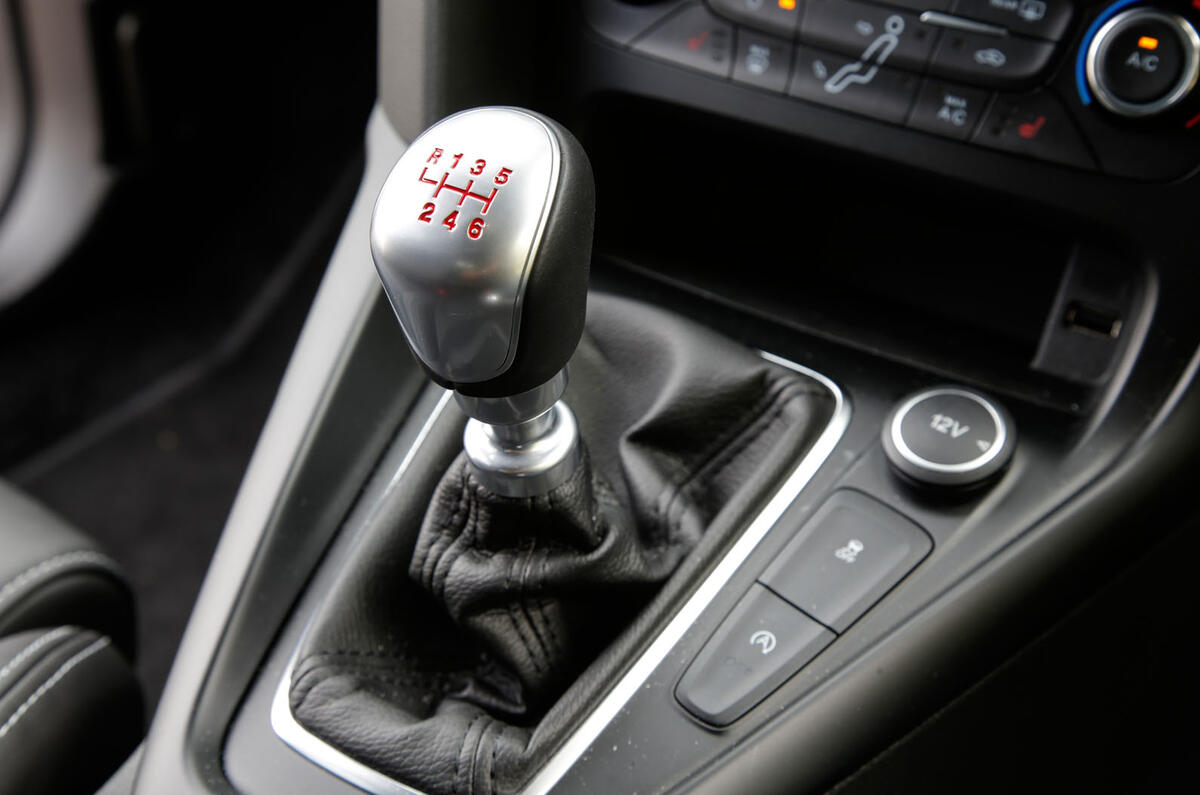
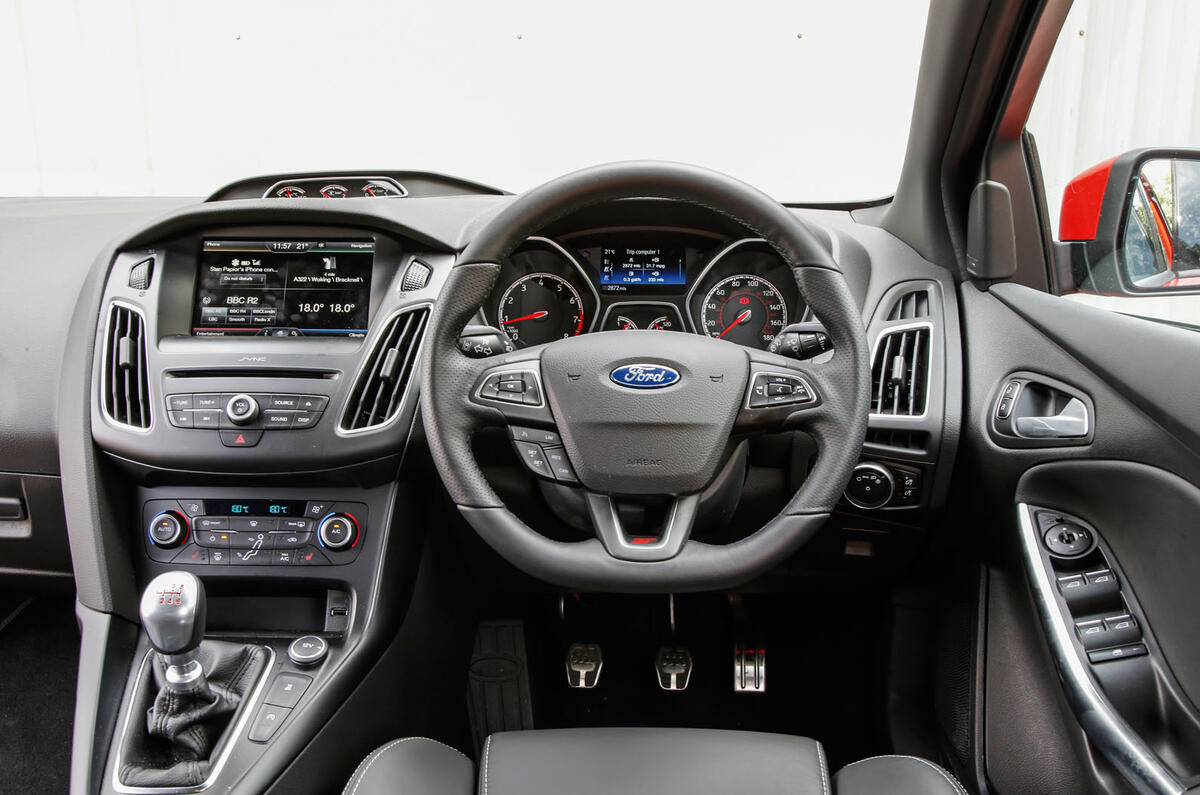
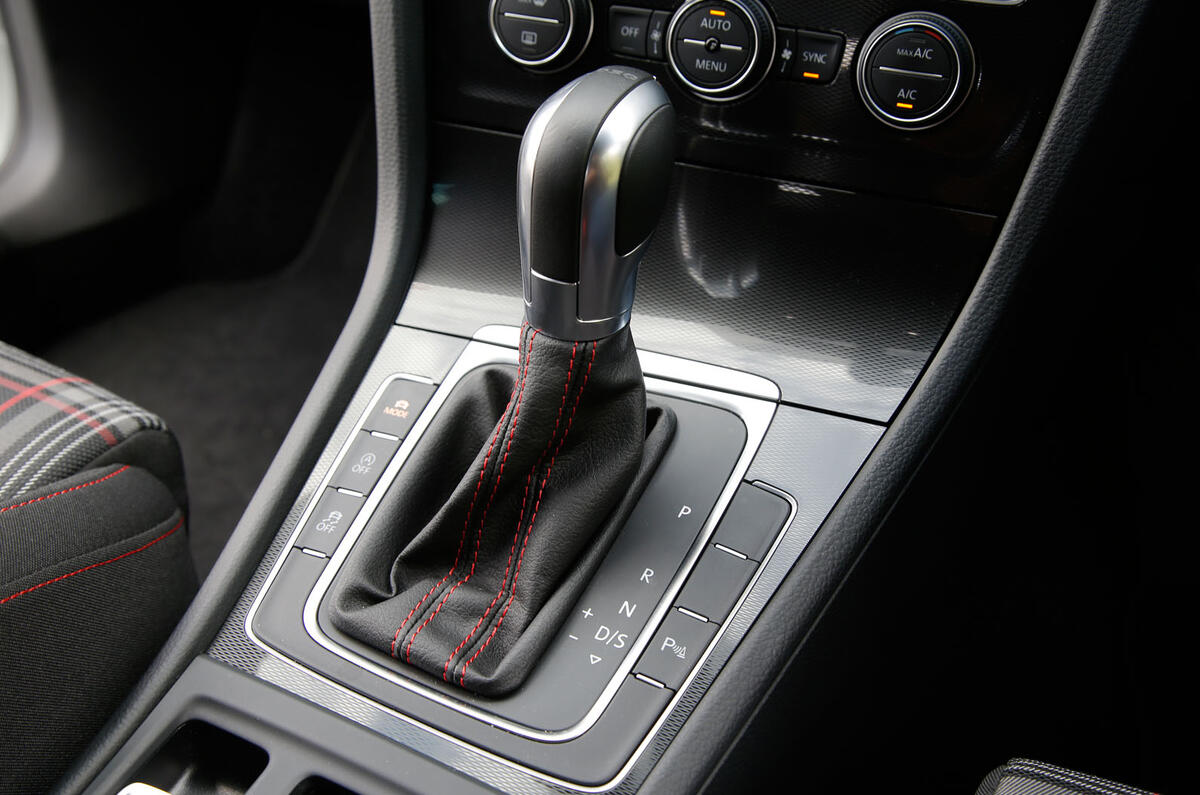
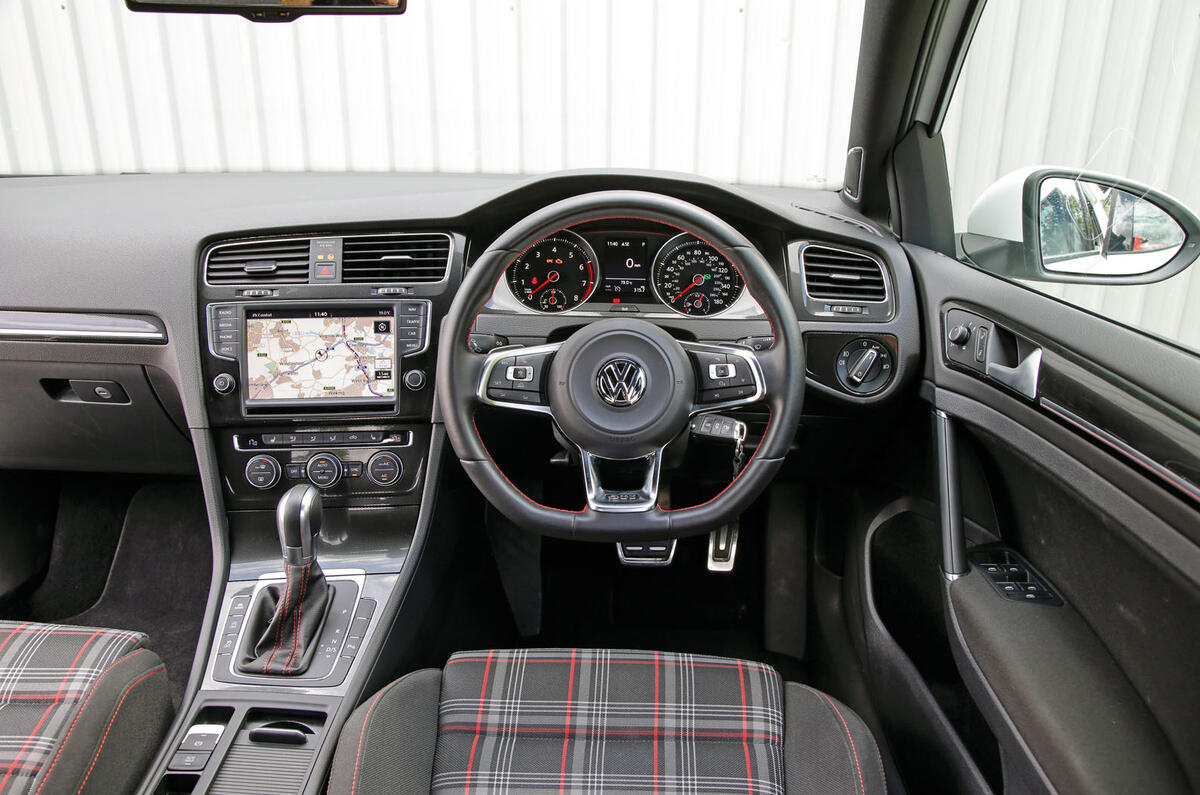
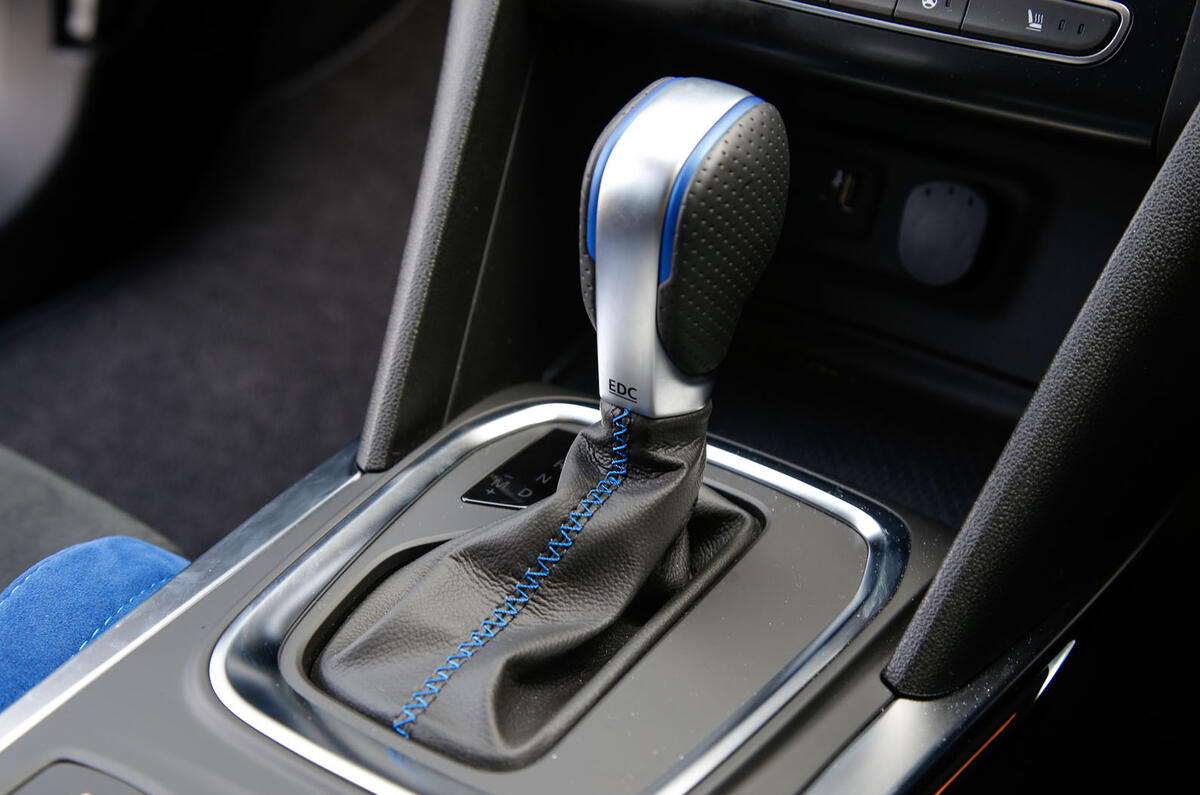
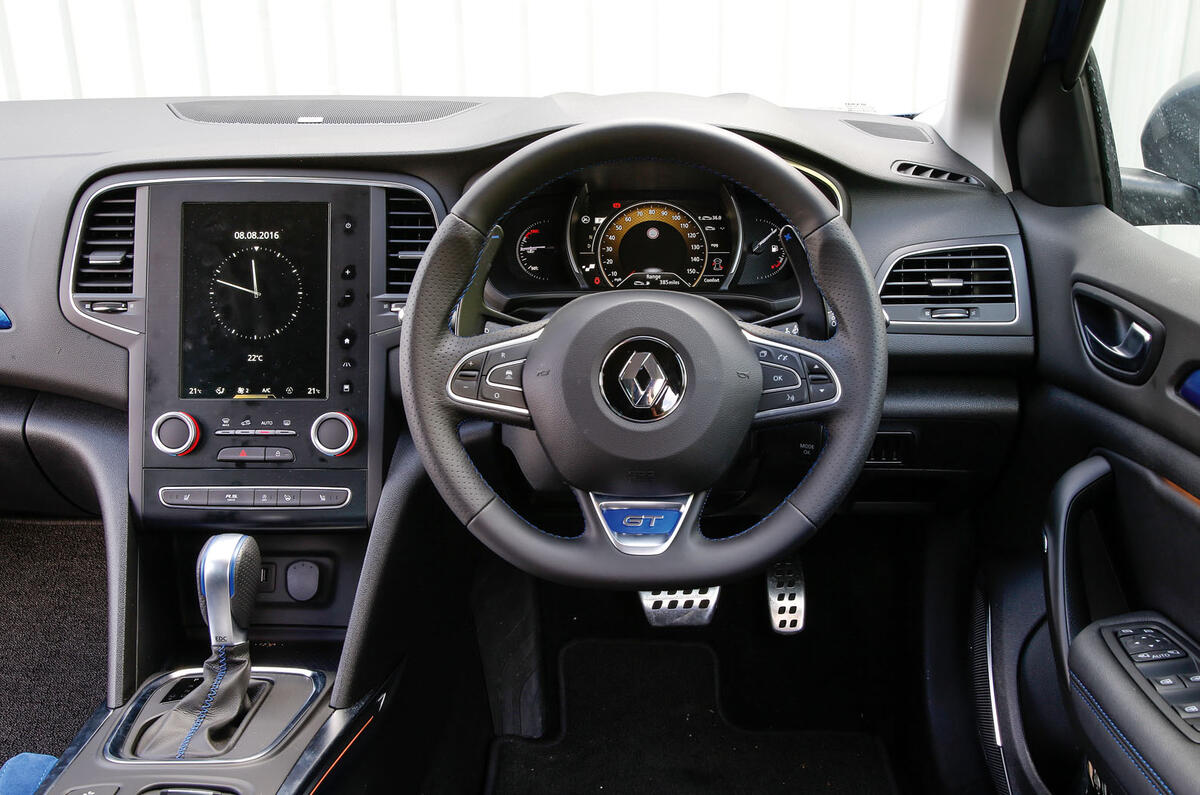
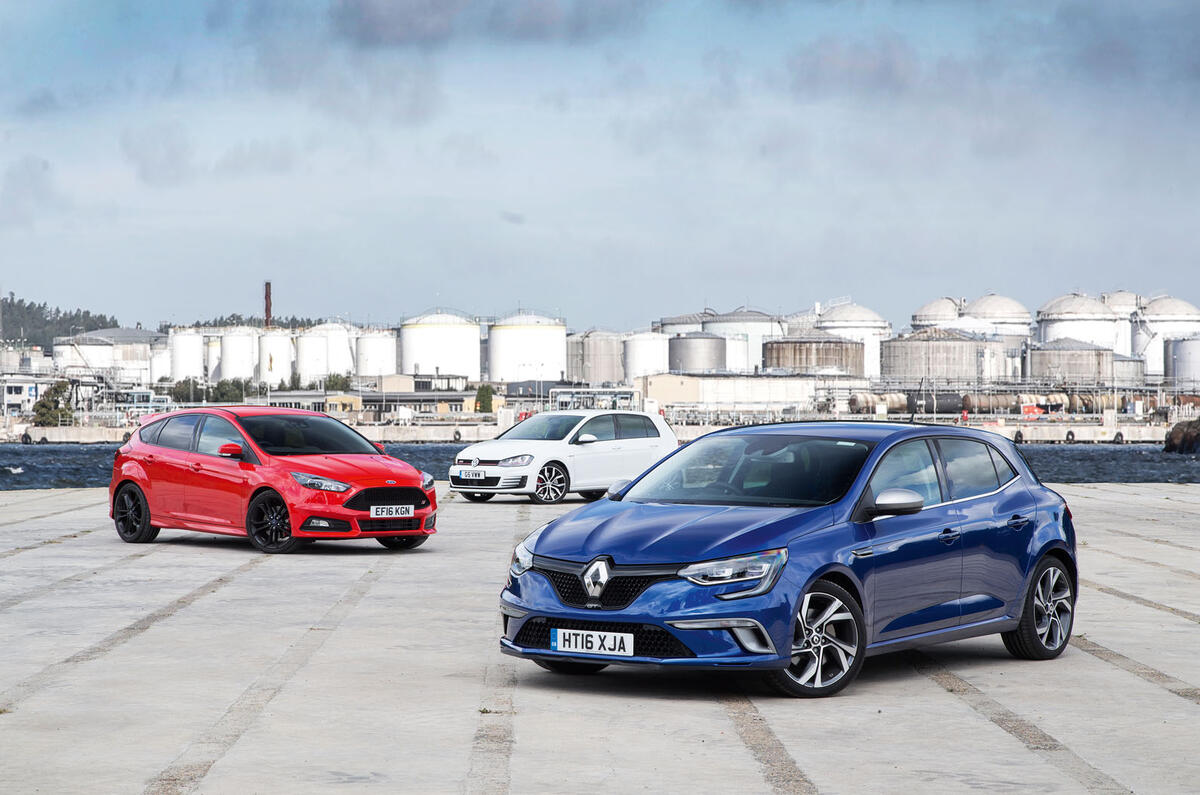
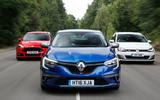

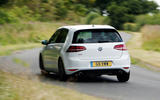
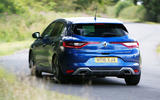
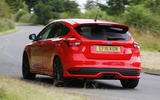

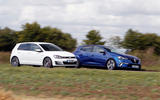
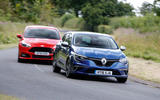
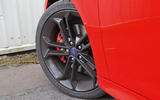
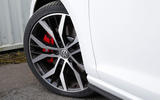
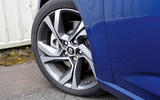
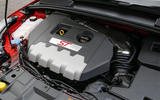
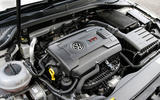

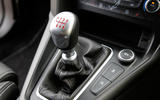
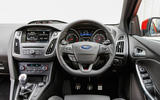
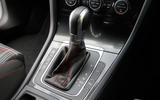
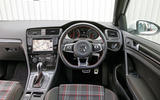
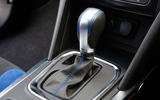

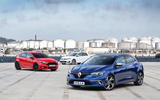

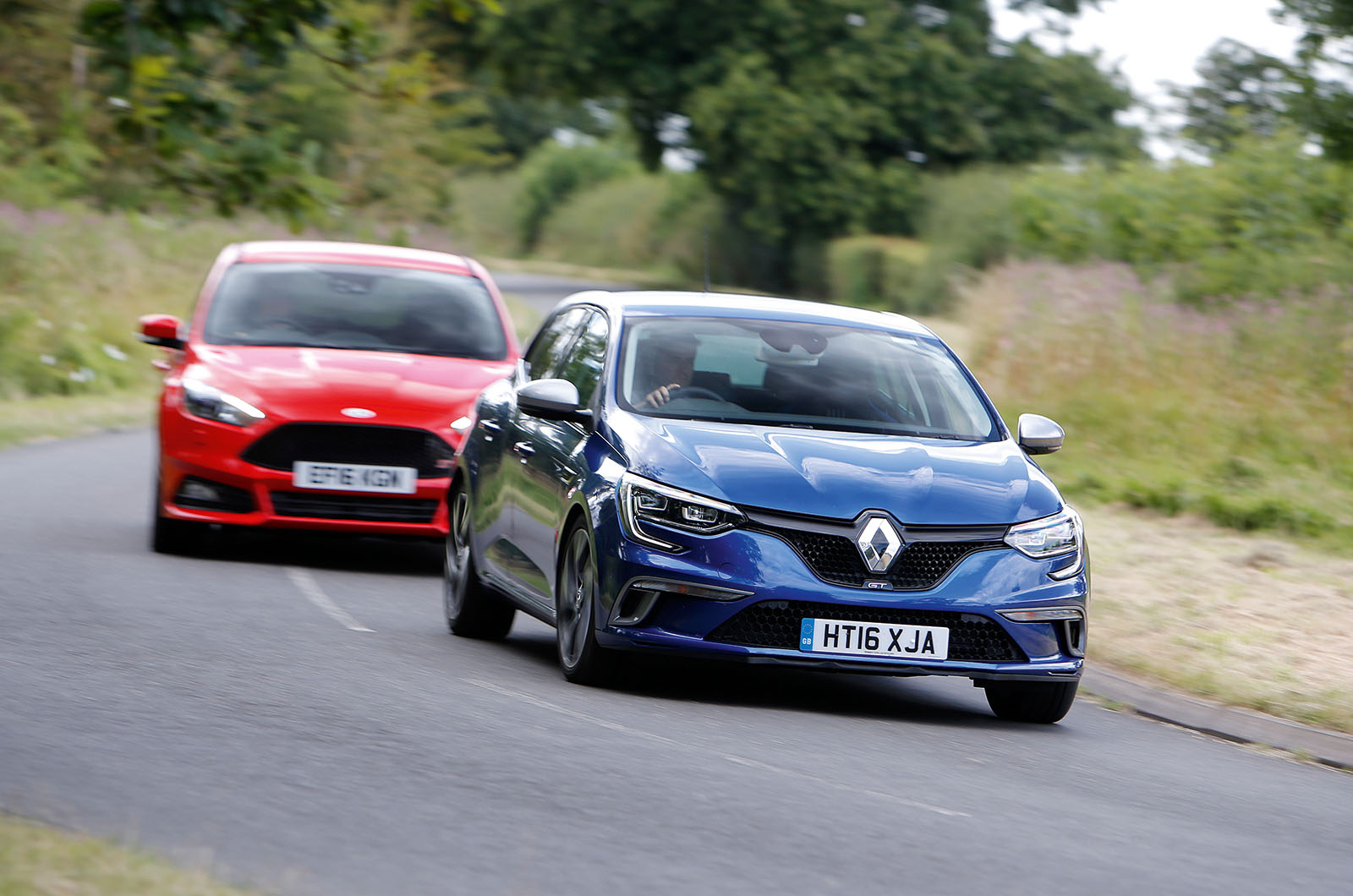
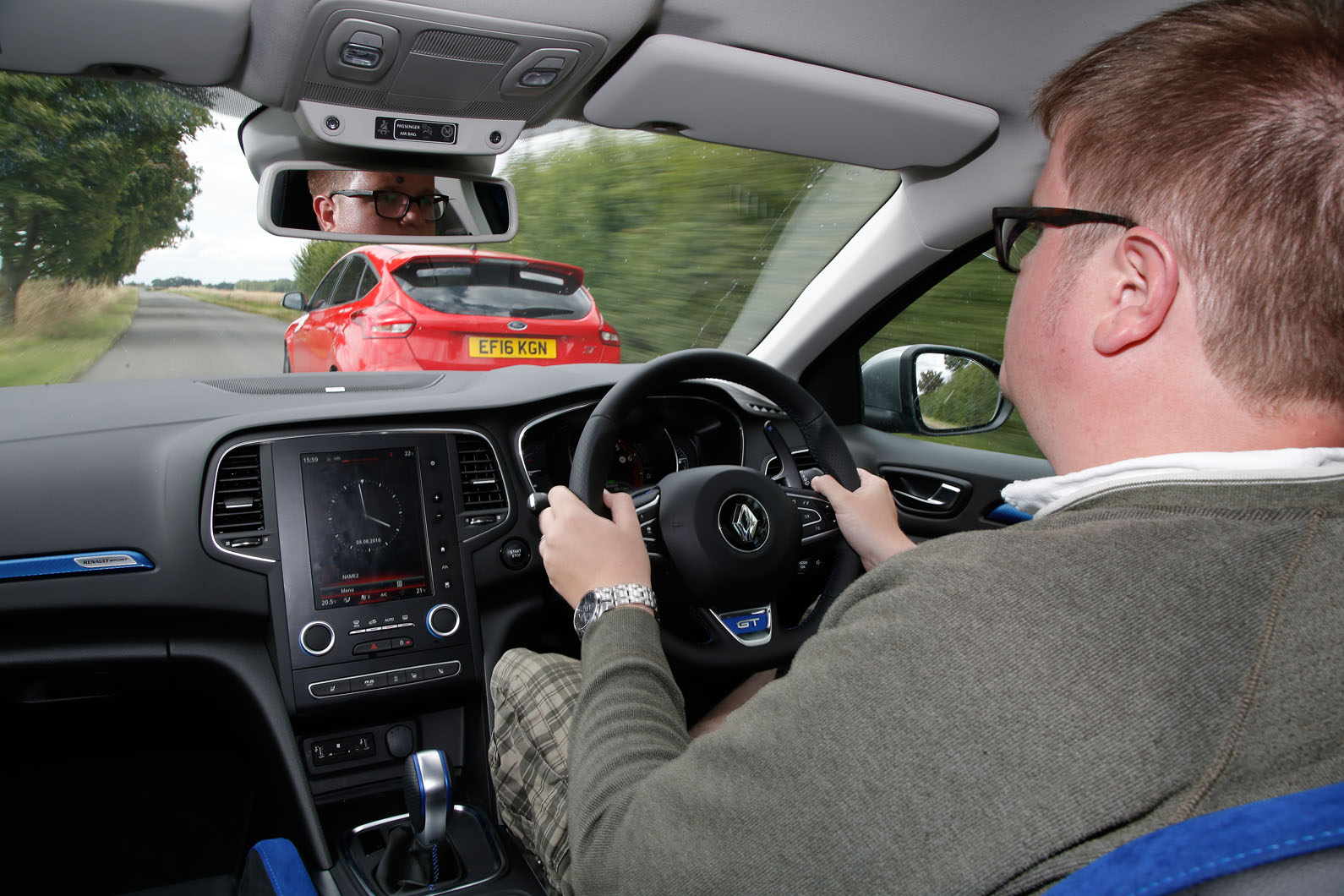
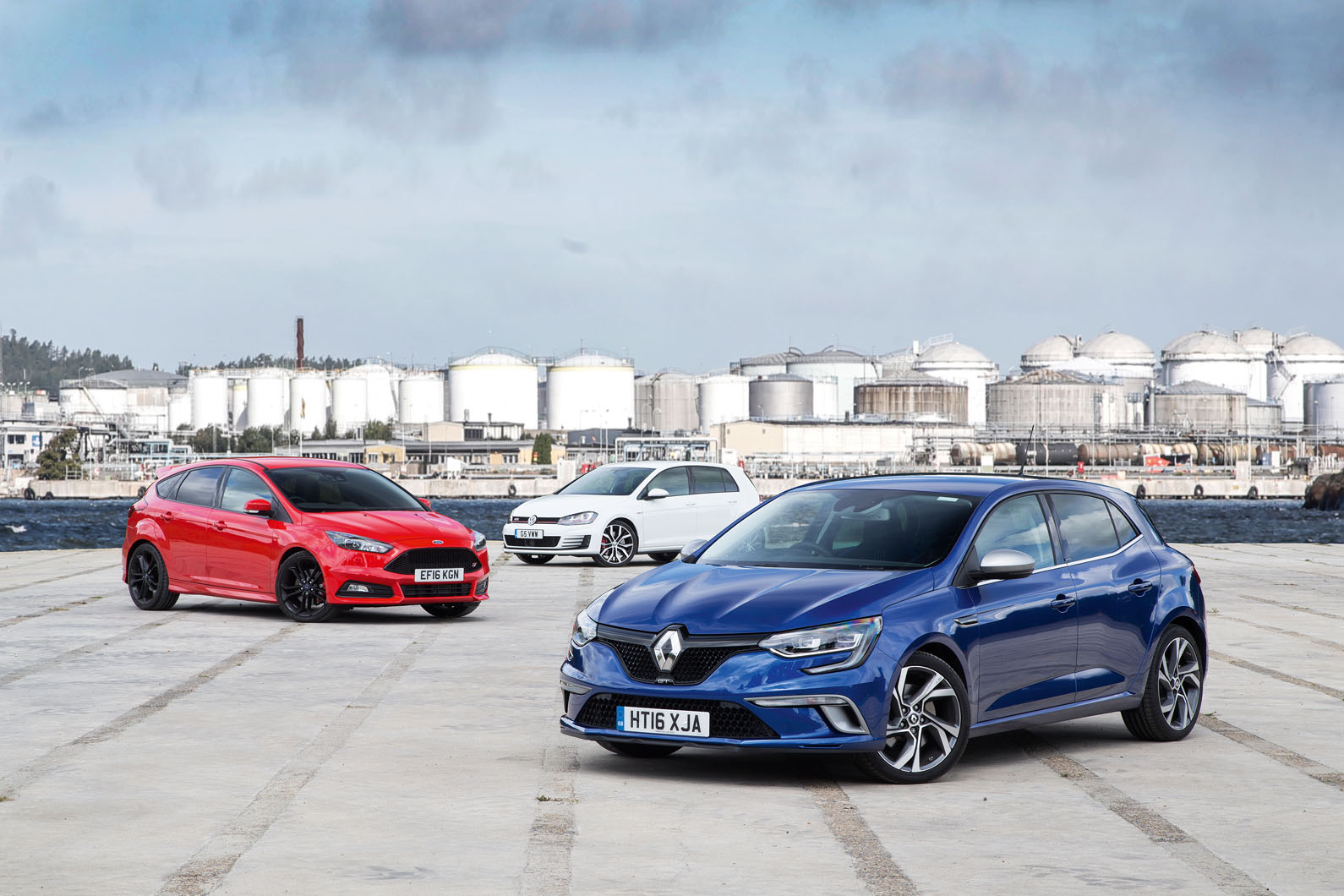





Join the debate
Add your comment
Long suspected...
How could you justify a 4.5k differential over the Focus by the golf for a measly 1MPH and a tenth better?
I am frequently in those motorway services at weekends and I can tell you the look of the ST is more appealing than the Golf most people take second looks when an ST is turned out well as opposed to the very long in the tooth tired and same again Golfs... Old habits die hard and let's face it these journos are all ex Golf worshippers....
So the Golf barely scrapes a
Enough!
beechie wrote:
How about the "complete lipid"?